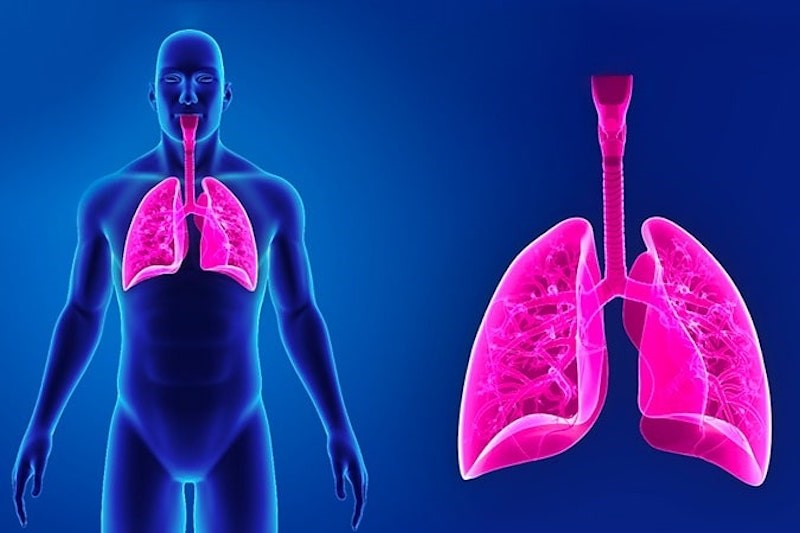
Pulmonary emphysema: symptoms, diagnosis and treatment
Pulmonary emphysema is a disease that affects lung tissue, causing progressive dilation and destruction of the pulmonary alveoli, i.e. the small cavities at the ends of the bronchioles responsible for gas exchange: oxygen and carbon dioxide
Pulmonary emphysema is a disease that affects the pulmonary alveoli, causing their dilation with alteration of the ventilatory exchange surface area
As a result, the alveoli can no longer perform their function and, therefore, ensure an adequate supply of oxygen to the patient.
The most common cause is smoking, but pollution can also be blamed, due to the chemicals that are released into the air and breathed in by individuals.
These substances accumulate and settle in the alveoli, damaging them.
STRETCHERS, LUNG VENTILATORS, EVACUATION CHAIRS: SPENCER PRODUCTS ON DOUBLE BOOTH AT EMERGENCY EXPO
Over time, the damage can become increasingly severe as the exchange between carbon dioxide and oxygen in the lungs becomes more complicated.
We can distinguish between two types of pulmonary emphysema: one that affects only the centre of the lung lobule (centrolobular) and another that affects the entire lobule (panlobular).
Centrolobular emphysema is considered the worst and most frequent.
Symptoms of pulmonary emphysema
Typical symptoms are:
- chronic cough
- dyspnoea (shortness of breath)
- reduction in muscle mass
- great fatigability.
Other associated symptoms may also be present, such as fatigue, weight loss, anxiety and oedema.
Complications of pulmonary emphysema are pulmonary hypertension, ease of contracting respiratory infections, an increase in red blood cells and enlargement of the right side of the heart.
Examinations and treatment of pulmonary emphysema
The physician conducting the physical examination of the patient may find dyspnoea and prolonged exhalation, an increased chest diameter and probable signs of chronic insufficient oxygen levels in the blood.
Usually the diagnosis made by physical examination is then confirmed by instrumental tests such as chest X-ray and pulmonary function tests.
As for treatment, if you are a smoker, the best therapy is to stop smoking.
This is the only way to reduce the damage caused to the pulmonary alveoli since you started using tobacco.
Drug therapy is essentially based on the use of bronchodilators and the administration of diuretics and corticosteroids. In the case of respiratory infections, antibiotics are combined.
Continuous oxygen therapy or only night-time oxygen therapy may be prescribed, while pulmonary rehabilitation is usually chosen to improve quality of life in the short term.
In more severe cases, lung transplantation is recommended.
Another type of treatment, which is not widely practised, is lung reduction.
It consists of a surgical procedure during which the diseased part of the lung is removed, allowing the healthy part to expand during inhalation to let in more air.
This type of surgery, as mentioned above, is rarely practised and is reserved for very severe cases of pulmonary emphysema.
Today, there is also endoscopic surgery that allows an artificial valve to be inserted into the bronchus affected by emphysema to facilitate its opening.
What is the prognosis?
The prognosis is better for patients who have received minor damage to the lungs, but even patients with more severe damage can lead a normal life for many years.
Death may occur due to complications, respiratory failure and pneumonia.
Read Also:
Emergency Live Even More…Live: Download The New Free App Of Your Newspaper For IOS And Android
Pulmonary Emphysema: Causes, Symptoms, Diagnosis, Tests, Treatment
Oxygen-Ozone Therapy: For Which Pathologies Is It Indicated?
Hyperbaric Oxygen In The Wound Healing Process
Venous Thrombosis: From Symptoms To New Drugs
What Is Intravenous Cannulation (IV)? The 15 Steps Of The Procedure
Nasal Cannula For Oxygen Therapy: What It Is, How It Is Made, When To Use It


